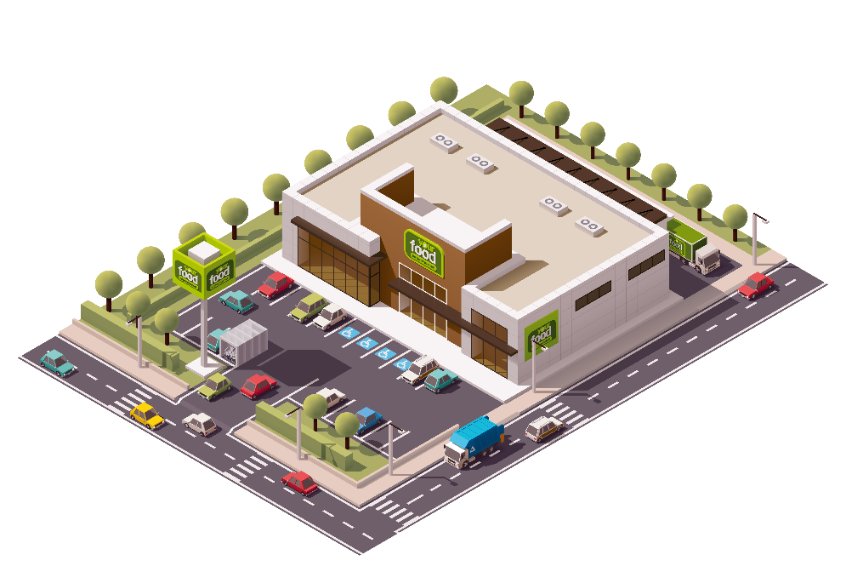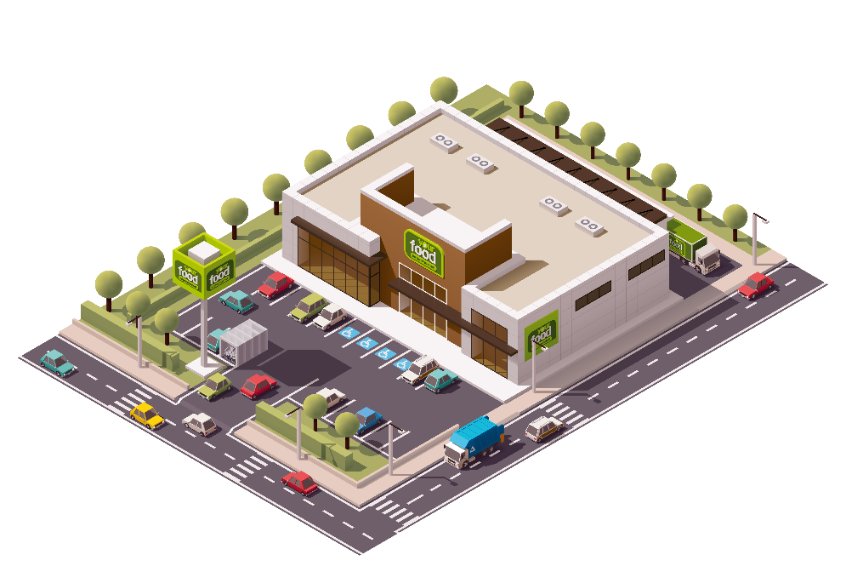Evaluated Prices for Commercial Mortgage-Backed Securities (CMBS).
Overview: DIH provides evaluated prices on a comprehensive set of commercial mortgage-backed securities (CMBS).
Coverage: We currently cover approximately 15,000 securities.
History: Most of our CMBS data goes as far back as the security’s issue date.
Updates: We update our CMBS data monthly.
Delivery: You can receive our data in bulk files via SFTP.
Pricing: Several inputs go into the pricing for our data. For example, do want data for all available instruments, or a subset? How much history do you want? Do you want updates going forward? Contact us to learn more.
Why Firms Choose DIH’s Data.
Institutional investors use DIH’s evaluated prices to determine the fair value of these securities that are traded over-the-counter.
There are several reasons institutional investors rely upon our data:
- Market Coverage – we currently provide month-end evaluated prices for approximately 250,000 CMBS securities, which closely matches the securities in their portfolio and target universe.
- Accuracy – also referred to as “market alignment”, the accuracy of our evaluated prices versus actual transaction prices is critical to our clients.
- Cost – There are not a lot of sources for CMBS data, and so the legacy data providers are typically inflexible when it comes to what they charge for such data. In contrast, DIH works with its clients to provide data within their budget.

An Overview of Commercial Mortgage-Backed Securities (CMBS).
Before we get into the details of how our CMBS prices are created, a quick review of commercial mortgage-backed securities may be helpful.
WHAT ARE COMMERCIAL MORTGAGE-BACKED SECURITIES (CMBS)?
Commercial mortgage-backed securities (CMBS) are fixed-income investment products and a type of mortgage-backed security that is backed by commercial and multifamily mortgages rather than residential real estate.
To better understand CMBS, let’s review securitization as a whole. Securitization is the process of bundling receivables and cash flow streams from many different sources and issuing bonds that pass those cash flows onto investors.
Let’s look at an example using residential mortgage loans. Most home buyers take out a loan (mortgage) from a bank. Banks make money on residential mortgages in the long-term, but such mortgages limit the amount of capital banks have to make other investments. So banks bundle mortgages into securities that investors can purchase and profit from the interest payments due on the underlying loans.
The benefits of securitization for banks are it frees up capital for other investments, and it offsets risk. Investors benefit from easy access to commercial real estate while giving them more yield than traditional government bonds.
HOW COMMERCIAL MORTGAGE-BACKED SECURITIES WORK.
Similar to collateralized mortgage obligations (CMO), CMBS are bonds. The mortgages that form a single commercial mortgage-backed security act as the collateral in the event of default, with principal and interest passed on to investors.
The loans are typically contained within a trust, and they vary in their terms, types of properties, and loan amounts. The loans can be for properties such as apartment buildings and complexes, factories, hotels, office buildings, office parks, and shopping malls.
A mortgage loan is typically what is considered a “non-recourse debt”, meaning the debt secured only by collateral. If default occurs, the lender may not seize any assets of the borrower beyond the collateral.
CMBS are complex investment vehicles and therefore require a wide range of market participants who perform specific roles to ensure that CMBS performs properly, including:
- Investors – typically institutions or high net worth individuals who buy and sell CMBS.
- Master Servicer – services the loan through its entire term, unless the borrower defaults on their mortgage, and manages payments and interacts with the borrower on a regular basis.
- Primary Servicer – master servicer may delegate day-to-day communication for a CMBS borrower to primary servicers who service a large pool of loans.
- Special Servicer – in the case that a CMBS borrower defaults on their loan, a special servicer will usually be assigned to determine whether the loan can be salvaged (often via a loan modification), or if the property should be sent to foreclosure
- Directing Certificate Holder – the holder of the majority of the first loss tranche of securities in the CMBS deal.
- Trustees – the nominal owner of all of a CMBS trust’s assets which are held in trust for the investors, and the lender of record for the underlying mortgage loans.
- Rating Agencies – financial institutions that provide ratings that primarily depend on the ability of the underlying properties to generate enough revenue to service periodic interest payments, and the ability of the issuer to refinance the principal on maturity.
TYPES OF CMBS.
The mortgages that makeup CMBS are classified into tranches according to their levels of credit risk, typically ranked from senior (highest quality) to lower quality. The highest quality tranches will receive both interest and principal payments and have the lowest associated risk.
Lower tranches offer higher interest rates since they take on more risk and absorb most of the potential loss that can occur as the tranches go down in rank. The lowest tranche will contain the riskiest loans in the portfolio. Lower tranches are generally the first to absorb losses on any delinquent or non-performing loans.
It is important to note that in the case of a default on one or more loans in a CMBS, the highest tranches must be fully paid off, with interest, before the lower tranches will receive any funds.

METHODOLOGY BEHIND OUR EVALUATED PRICES.
Securities are grouped into categories based on deal type, seniority and vintage. A range of yields is determined for each category. Each individual tranche is reviewed to assign an adjustment factor to the baseline DM / yield. The adjustment factor is based on specific shelf and servicer names, structural / waterfall features, and the underlying collateral quality, type and geographic concentrations.
For bonds subject to credit risk (e.g. CMBS Subs and CRE CDO), the following variables are also considered:
- NCF Stress using stresses derived from broad-based economic assumptions including unemployment and GDP
- Cap rates based on geographic and property type metrics
- Recovery lag based on CMBS market observations
- Months-cured after term defaults based on market observations
- DSCR triggers for term defaults
- LTV thresholds for extensions and balloon extensions, based on market observations
Default assumptions are generated using property-level cashflow and capitalization rates and predict defaults and severities based upon broad-based economic assumptions. For loans underlying CRE CDO that are not modeled, we review the loan’s performance and current fundamental factors and financials to determine if and when we believe cashflows will occur.
Attachment and detachment points for the tranche are reviewed against expected collateral losses in order to determine whether the tranche is likely to take a writedown, and if so, by how much. The resulting cashflows are discounted at the DM / yield according to the matrix and adjustments described above. For CMBS Subs and CRE CDO, weighted average life (WAL) and principal coverage (expected principal repayment) are considered in formulating and refining the yields.
Subordinate bonds and CRE CDO may perform strongly in some scenarios, but are quick to default in others. This volatility may need to be reflected in the pricing.
Prices are then checked against parsed prices on each bond, bonds from the same deal, and bonds from the same shelf. Appropriate adjustments are made based on these observable prices. To the extent applicable, relevant indices are also considered.
Who Can Benefit from DIH’s Evaluated Prices?
CMBS are bought and sold on the over-the-counter bond market often by institutional investors and banks. Such firms utilize our evaluated prices in various ways, especially in their research and risk management.
How Firms Use Our Collateralized Mortgage Obligations Data.
Institutional investors rely upon evaluated prices from multiple sources to determine the fair value of securities traded over-the-counter. Evaluated prices are also widely used as benchmarks for comparison and defensibility.
Flexible Updates & Data Delivery Methods.
Our CMBS data is updated on a monthly basis.
You may customize our data to best suit your needs. For example, request data on all available instruments or provide a custom list.
We offer several ways to access our CMBS data:
Bulk File Download – For most of our clients, downloading our data in bulk files is most convenient. We deliver files in .CSV format via SFTP.
